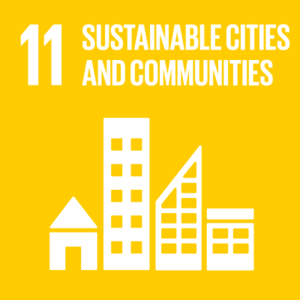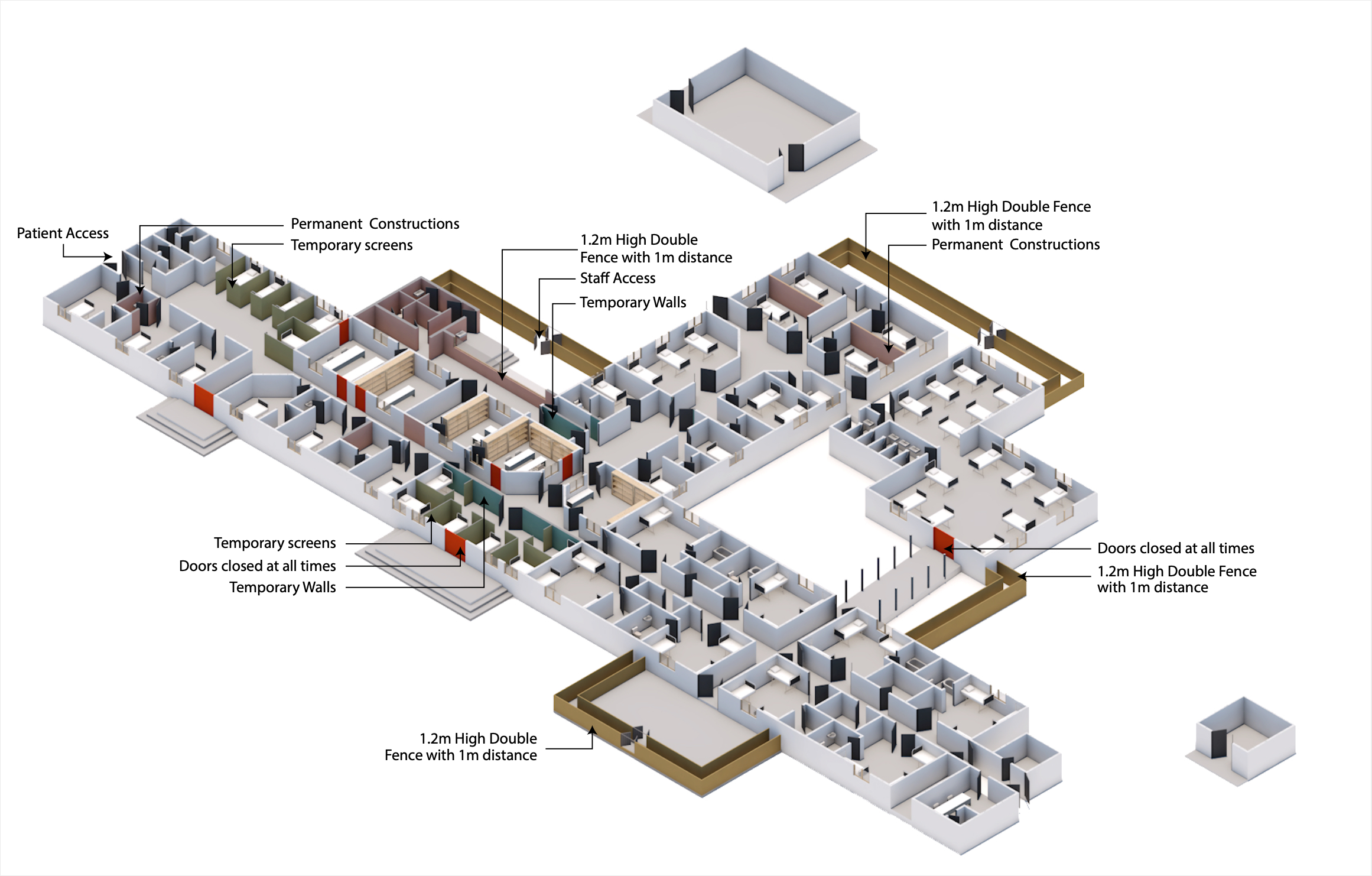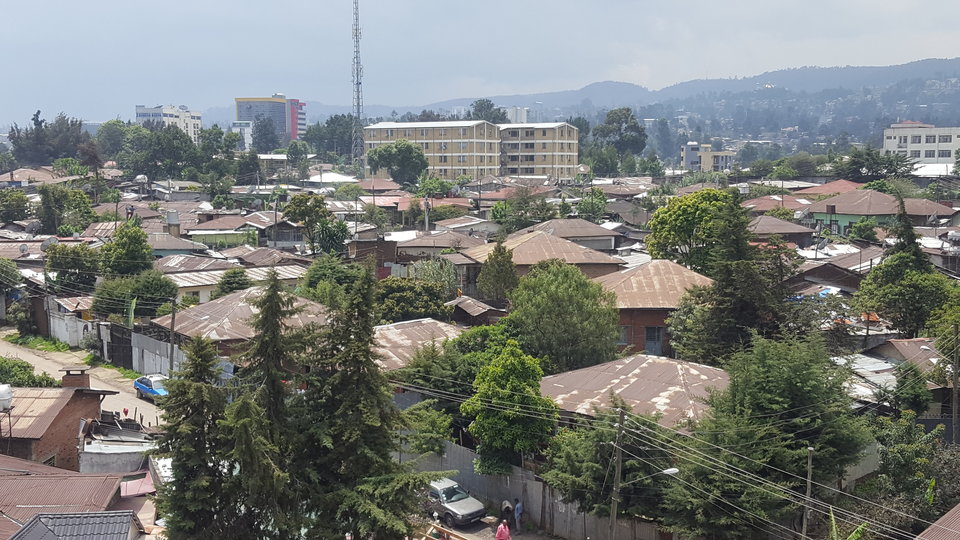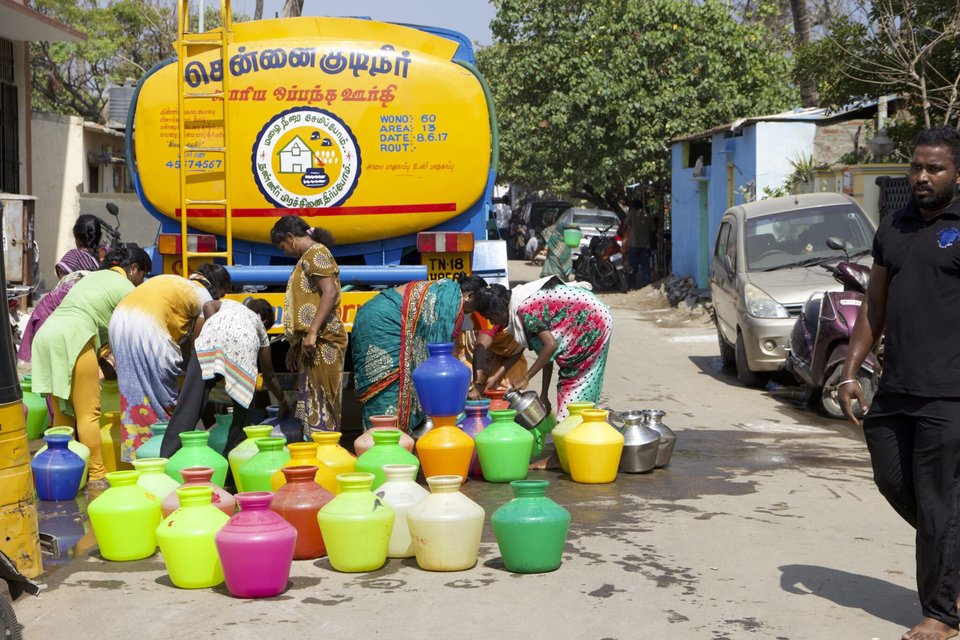The architecture of life
In March 2020, a pandemic was declared by the World Health Organization (WHO). Within days hospitals around the world would not suffice the exponential growing numbers of COVID-19 patients. Amid the crisis, Delft University of Technology professor Caroline Newton was invited by the WHO to collaborate for the refurbishment of healthcare centres in Low- and Middle Income countries all over the globe.
Not long after the corona virus outbreak, Dr. Caroline Newton - Faculty of Architecture and the Built Environment- was contacted by the WHO to participate in a project for (re)designing health facilities in the Global South to become SARI (Severe Acute Respiratory Infection) screening and treatment centres. For each location, including low resource places in Asia, Africa, and Central America, Newton and her team of students would have one week to deliver a report with design solutions for the implementation of SARI centres. Her motivation for entering the project was clear: "When it all started, as an architect and an academic, I wanted to help or be supportive in some way. With my knowledge and expertise I could actually contribute and have impact. I knew I could make a difference for local organisations."
Rethinking health facilities
As part of its response to the global COVID-19 crisis, the WHO established the Techné network. This technical network connects partner universities across the world: "They were looking for faculties of architecture that wanted to collaborate and support the WHO to rethink existing health facilities and community centres to deal with the COVID-19 crisis, specifically in a Global South context," Newton says. To facilitate this connection, the organisation established a 'clinic refurbishment helpdesk' through which the WHO forwards the request from a local actor –a hospital management or an intermediate social group- to partners in the network in order to obtain the technical help. "We then look into all the data received and try to come up with solutions for refurbishing the existing facility whether it is a clinic or a community centre. We may even have to start from scratch, using prefabricated containers provided by the UN."
To accomplish this challenge, Newton selected a team of four master students to work fulltime on the projects with her. Notably, she made sure to have a diverse group that could bring a global background to the project: "We were looking for as much information as possible about the local conditions such as the weather, available materials, and building techniques, without ever being there. Having students coming from the same regions definitely made the collaboration with the local partners easier." While Newton worked pro-bono, the students were financed by the funding she received from the TU Delft COVID-19 Response Fund.
Thinking globally, acting locally
Newton and the students had to find ways to obtain as much information as possible about the site conditions and the health facilities in countries that they have not ever been. As most of us in this pandemic, they ended up communicating via WhatsApp groups and Zoom calls. The local partners would send detailed information and exchange knowledge about the building's conditions and necessities; often sharing pictures, construction blueprints, hand drawings, and video tours of the existing centres or construction fields. "Sometimes, we would get only pictures or sketches with the measurements that the local staff could take. But other times we were lucky and received the complete (drawing) plans of an existing old hospital."
The pandemic also meant that Newton and her team had to work apart from each other, a problem solved through online collaborative platforms such as a Miro board. From there, they worked on different drawings specifying how the health centre staff and the patients would be separated by sectoral areas and flows. Newton points out the need to delimit spaces, especially where the health workers need to start wearing the PPE (Personal Protective Equipment) before they enter the patients' area in order to avoid contamination. In parallel, the students created detailed 3D models to facilitate visualisation and communication of the project by the local partners and contractors.
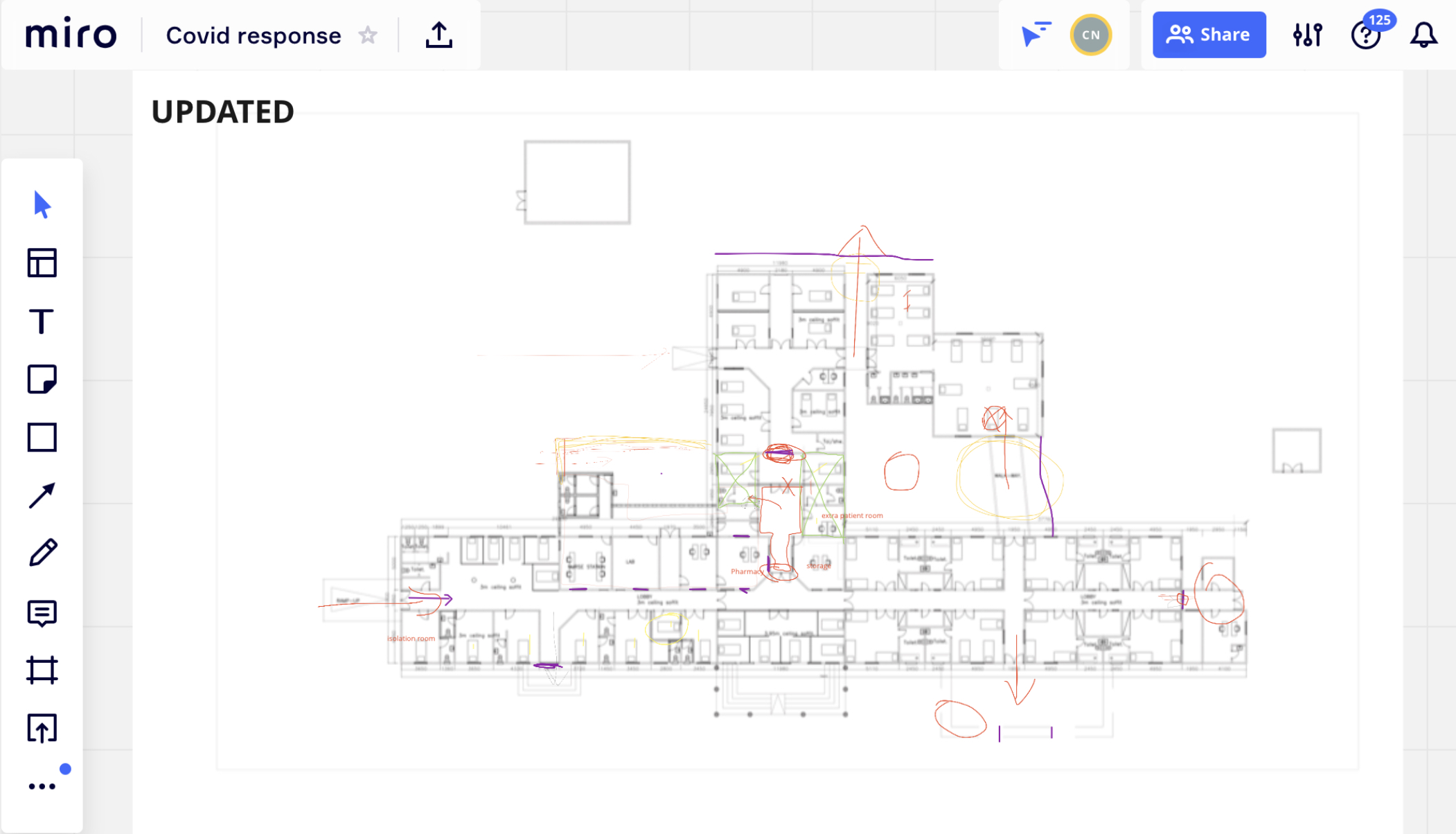
Co-Creation is key
Based on her previous experiences, Newton is keenly aware of the importance of co-creation and co-design in these kinds of projects: "It is crucial to sit together with local inhabitants when you will be working on a project together. This way, you not only get a better understanding of the daily life patterns of spatial use and appropriation, but it also helps you to realize their struggles, hopes, and dreams." She explains further that these interactions are also fundamental for the comprehension of the “technical” possibilities of local resources and their limitations. Even though the construction would be carried out by specialist builders provided by the WHO, afterwards the management and maintenance of the construction is usually done by local users, so it is important to keep the solutions as close as possible to them.
Since one of the projects is in a hurricane zone and the others suffer high temperatures, thinking about storms and other local weather conditions was crucial when proposing materials. Newton gives as an example the case of a contractible roof in case of hard winds: "It could be done in a high-tech way, where the roof would change according to the wind measurements done by a sensor. But this requires maintenance and a lot of technical knowledge. At the end, a roof that provides shade and enough protection from the rain can also be a simple tensile structure that can be changed manually. Thus, we used this last option in one of the projects."
Building partnerships
As of writing, four projects were successfully concluded. One of the things Newton most enjoyed was having her project connect to another group of researchers from TU Delft that has developed screens for the tests. "We tried to integrate solutions that were already being designed by students from TU Delft in the larger projects. By doing this we can extend the network." When asked about the future of the partnership and further collaborations with the WHO, Newton concluded: "I do think that what we have established now would allow us to move faster in the future, which is actually a question that comes from their side. They want to see how we could embed this collaboration in a more structural way, but that is still something that we are exploring."
This project is part of the TU Delft Rapid Response COVID-19 technical helpdesk. Read more here: https://www.tudelft.nl/en/architecture-and-the-built-environment/research/projects/rapid-response-covid-19-technical-helpdesk
Author: Jaqueline Mongeroht da Silva Rocha
Header image courtesy of Silke Claeys
Due to strict privacy rules by the WHO, this article has certain publication restrictions about the referred projects. For this reason, specific information about the countries and centres locations will not be mentioned.
Global Research Areas
Contact

Dr. Caroline Newton
Expertise: Pro-poor housing, Participatory design, Collaborative housing programmes, Gender, Critical theory, Spatial justice
Staff page
